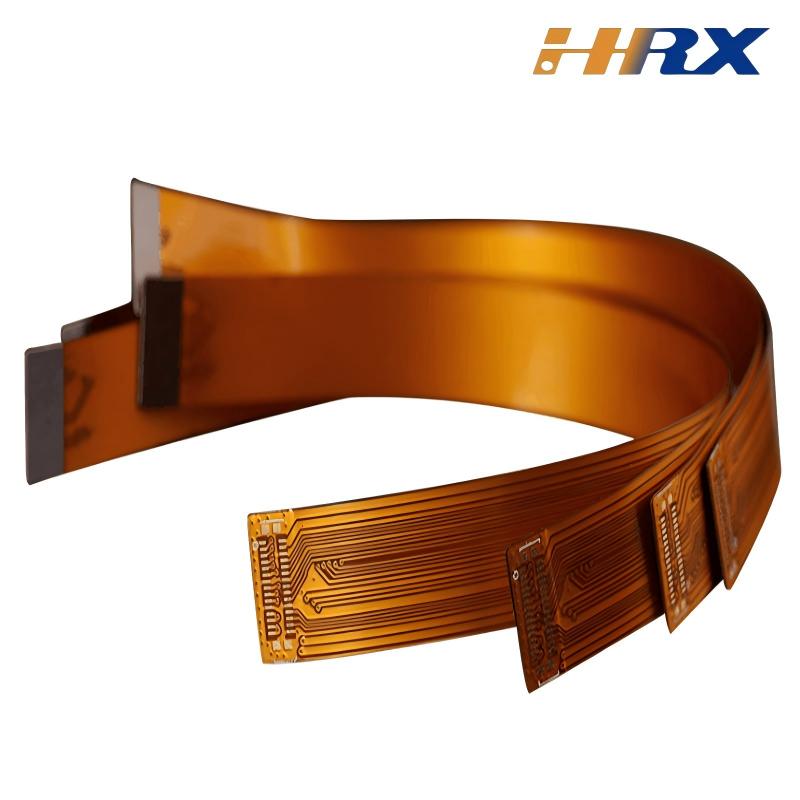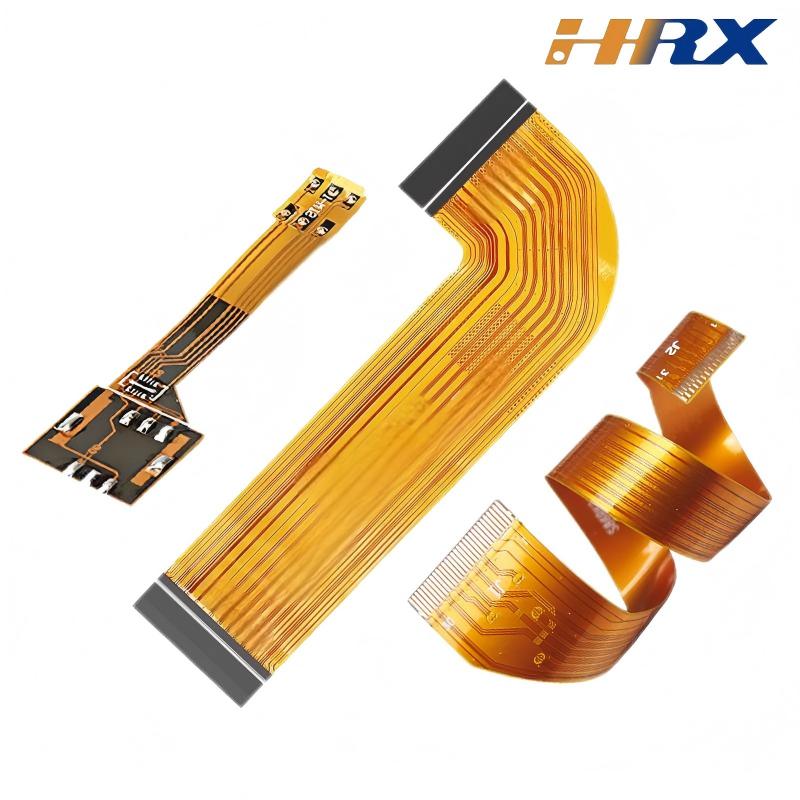Search
Automated FPC Production: Key Features, Design Insights & Expert Manufacturing
- Aug 09,2025
-
Share
In the dynamic realm of electronics manufacturing, Flexible Printed Circuits (FPCs) stand as a transformative technology, empowering the miniaturization, flexibility, and enhanced functionality of next - generation electronic devices. As a core component in applications spanning consumer electronics (smartphones, wearables), automotive electronics (ADAS systems), and medical devices (portable monitors), the demand for high - quality FPCs is escalating rapidly. To meet this demand, automated FPC production has emerged as the gold standard, combining precision engineering with intelligent manufacturing. In this comprehensive guide, we’ll explore the unique attributes of automated FPC manufacturing, critical design and production considerations, and how Shenzhen Huaruixin Electronics leads in delivering cutting - edge FPC solutions.

What is a Flexible Printed Circuit (FPC)?
A Flexible Printed Circuit (FPC) is a high - performance interconnect solution consisting of conductive copper traces patterned on a flexible substrate—typically polyimide (PI) or polyester (PET). Unlike rigid PCBs, FPCs offer exceptional dynamic bending endurance, enabling them to withstand repeated flexing, twisting, and conformal mounting in tight spaces. This flexibility, coupled with lightweight properties and high signal integrity, makes FPCs indispensable for modern device design, where space and weight constraints are paramount.
Unique Characteristics of Automated FPC Production
Automated FPC production represents a leap forward from traditional manual processes, leveraging advanced technology to address the unique challenges of manufacturing flexible circuits. Here are its defining features:
1. Precision Handling of Flexible Substrates
Flexible substrates (e.g., 25μm - 125μm PI films) are highly susceptible to micro - wrinkling, tensile deformation, and edge damage during processing. Automated systems integrate vacuum - assisted conveyance, tension - controlled rollers, and vision - guided grippers to ensure micron - level precision in material handling. From substrate lamination to coverlay application, these systems maintain consistent material flatness, minimizing scrap rates and ensuring uniform circuit performance.
2. High - Throughput Manufacturing with Process Synchronization
Automated FPC lines are engineered for high - volume production, combining sequential processes—laser drilling, conductive trace etching, solder mask printing, and component SMT placement—into a synchronized workflow. Advanced robotics and programmable logic controllers (PLCs) enable seamless transition between stages, reducing cycle times by up to 40% compared to semi - automated lines. This efficiency is critical for meeting tight production deadlines in fast - paced industries like consumer electronics.
3. Advanced Quality Control via In - Line Inspection
Quality assurance is paramount in FPC production, where even minor defects (e.g., trace undercut, adhesion failures, or foreign material contamination) can compromise performance. Automated systems integrate AOI (Automated Optical Inspection) with AI - powered image analysis to detect defects in real time. High - resolution cameras (5μm pixel size) inspect traces, solder joints, and coverlay alignment, while electrical test systems (flying probe testers) verify continuity and insulation resistance, ensuring compliance with IPC - 2223 standards.
4. Design Adaptability with Quick Changeover
Modern automated lines offer exceptional design flexibility, supporting rapid reconfiguration for diverse FPC specifications—from single - layer to multi - layer circuits, and from fine - pitch (50μm line/space) to ruggedized automotive grades. With digital process libraries and HMI (Human - Machine Interface) programming, operators can switch between product designs in under 30 minutes, reducing setup time and enabling low - volume high - mix production.
5. Data - Driven Process Optimization
Automated FPC production leverages Industry 4.0 technologies, collecting real - time data on process parameters (temperature, pressure, speed) and quality metrics. This data is analyzed via MES (Manufacturing Execution Systems) to identify bottlenecks, optimize cycle times, and predict maintenance needs. For example, adaptive control algorithms adjust etching parameters based on substrate thickness variations, ensuring consistent trace geometry across production runs.
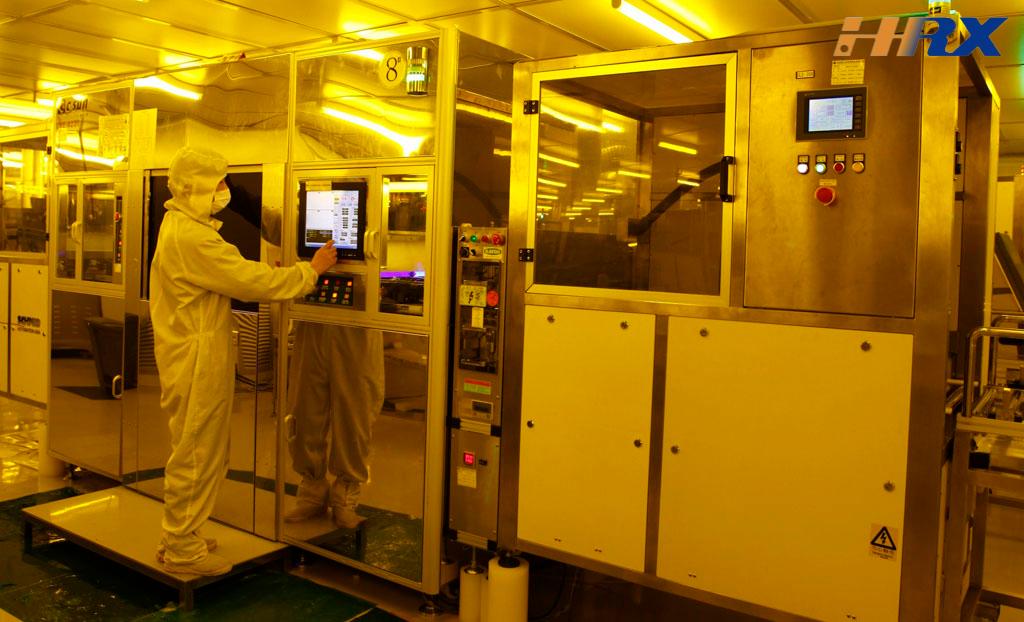
Critical Considerations in Automated FPC Design & Production
To maximize the benefits of automated manufacturing, careful attention must be paid to design and production factors:
1. Design for Automation (DFA) Principles
FPC designs must be optimized for automated processing. Key considerations include:
Trace and space specifications: Aligning with the minimum capabilities of automated etching systems (typically 30μm/30μm for advanced lines).
Bend radius optimization: Ensuring minimum bend radius (≥10x substrate thickness) to avoid cracking during automated handling.
Tooling holes and fiducials: Strategic placement for precise alignment in AOI and SMT machines.
Shenzhen Huaruixin’s engineering team specializes in DFA, collaborating with clients to refine designs for seamless automation.
2. Material Compatibility & Selection
The choice of materials directly impacts automated processability and final FPC performance:
Substrates: UL - certified PI films (e.g., DuPont Kapton®) with high temperature resistance (≥260°C) for lead - free soldering.
Adhesives: Acrylic or epoxy - based adhesives with consistent viscosity for uniform lamination in automated presses.
Coverlays: Photosensitive coverlays for high - precision patterning in automated exposure systems.
Huaruixin’s material science expertise ensures optimal material pairing for each application, from high - frequency RF FPCs to harsh - environment automotive circuits.
3. Process Parameter Calibration
Each automated stage requires precise parameter tuning:
Etching: Controlling etchant concentration, temperature (45 - 55°C), and dwell time to achieve uniform trace profiles.
Lamination: Setting pressure (10 - 20 kg/cm²) and temperature (160 - 180°C) for bubble - free substrate bonding.
SMT Placement: Calibrating pick - and - place speed and accuracy (±5μm) for fine - pitch components (01005 size).
Automated systems with closed - loop feedback continuously adjust these parameters, maintaining consistency across production batches.
4. Equipment Maintenance & Validation
To sustain precision, automated lines require rigorous maintenance:
Laser drill calibration: Weekly verification of hole diameter accuracy (±1μm) to prevent signal integrity issues.
AOI camera cleaning: Daily inspection to avoid false defect detection.
Conveyor belt tension checks: Ensuring uniform substrate movement to prevent misalignment.
Huaruixin implements a preventive maintenance schedule, certified under ISO 9001, to maximize uptime and production quality.
5. Environmental Control Standards
FPC production is sensitive to environmental conditions:
Cleanroom classification: Class 10,000 (ISO 8) environments for lamination and SMT processes to minimize particle contamination.
Temperature and humidity: Maintaining 23 ± 2°C and 50 ± 5% RH to prevent substrate warpage and static damage.
ESD protection: Grounded workstations and ionizers to safeguard against electrostatic discharge in automated handling.
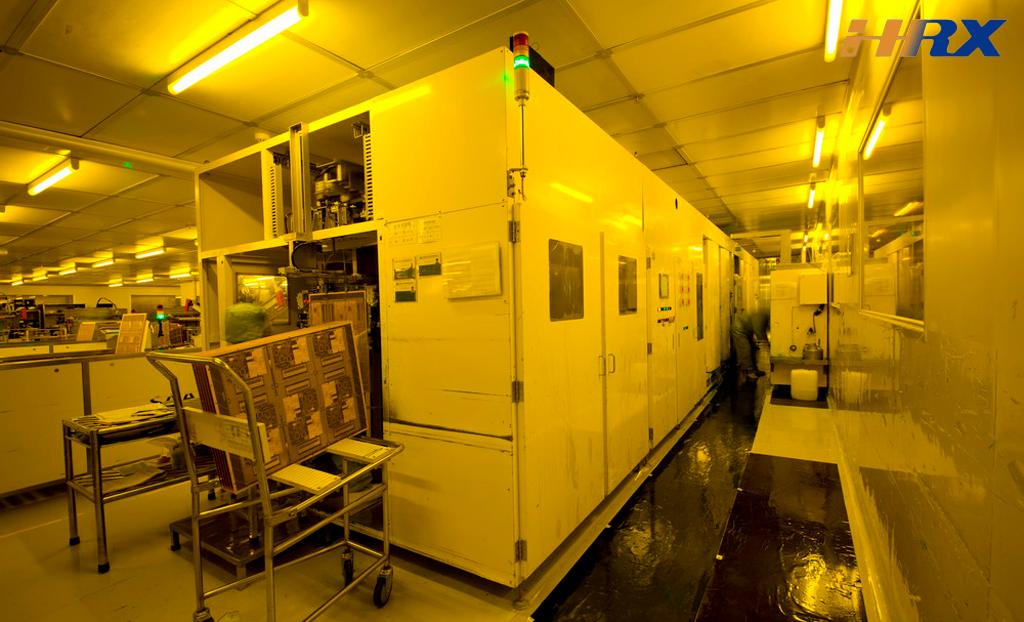
Shenzhen Huaruixin Electronics: Your Trusted Automated FPC Partner
As a leading ODM/OEM manufacturer of FPCs, PCBs, and rigid - flex boards, Shenzhen Huaruixin Electronics brings unparalleled expertise to automated FPC production. Our state - of - the - art manufacturing base features:
Advanced automated lines: Equipped with laser drilling machines, automated etching systems, and AI - powered AOI stations.
Certified quality management: Compliance with IPC - A - 600.
Custom solution capabilities: From prototyping to mass production, supporting designs with 1 - 12 layers, 30μm line/space, and complex flex - to - rigid transitions.
Our engineering team works closely with clients from design inception, leveraging DFA and material expertise to optimize for automated production. Whether you need high - volume consumer electronics FPCs or specialized medical device circuits, we deliver consistent quality and on - time delivery.
Conclusion
Automated FPC production is the cornerstone of modern flexible electronics manufacturing, offering precision, efficiency, and scalability unmatched by traditional methods. By focusing on design optimization, material science, and advanced process control, manufacturers can unlock the full potential of FPC technology.
Shenzhen Huaruixin Electronics combines decades of expertise with cutting - edge automation to deliver FPC solutions that meet the most demanding industry requirements. If you’re seeking a reliable partner for your FPC project—whether for prototyping, low - volume production, or mass manufacturing—we’re here to help.
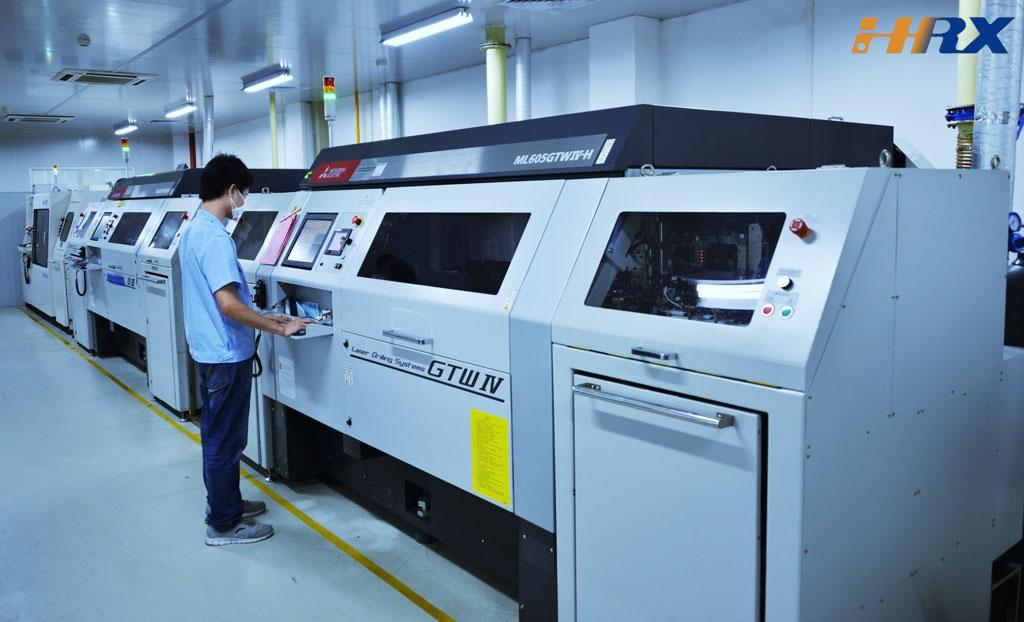
For project inquiries, technical consultations, or to learn more about our automated FPC capabilities, visit our website at www.hrxfpc.com or email our sales team at sales@hrxfpc.com. Let’s collaborate to drive innovation in flexible electronics.

Let’s talk! We’ll provide the perfect solution for you!
-
 Huaruixin Electronics mainly produces printed circuit boards as the core business, to provide customers with one-stop solutions for FPC/PCB production, components sourcing and Assembly.
Huaruixin Electronics mainly produces printed circuit boards as the core business, to provide customers with one-stop solutions for FPC/PCB production, components sourcing and Assembly. - WHAT WE DO — PCB Design Solutions — Flex PCB Production — Components Sourcing — FPC&PCB Assembly
- PRODUCTS — Single Sided Flexible Circuits — Double Sided Flexible Circuits — Multilayer Flexible Cirucits — Rigid-Flex Circuits — FPC Assembly — PCB Assembly
- CAPABILITY — FPC Capability — Rigid-Flex Capability — PCB Capability — Assembly Capability
- Copyright © 2024 Shenzhen Huaruixin Electronics Co., Ltd. All Rights Reserved.
- Design By BONTOP

